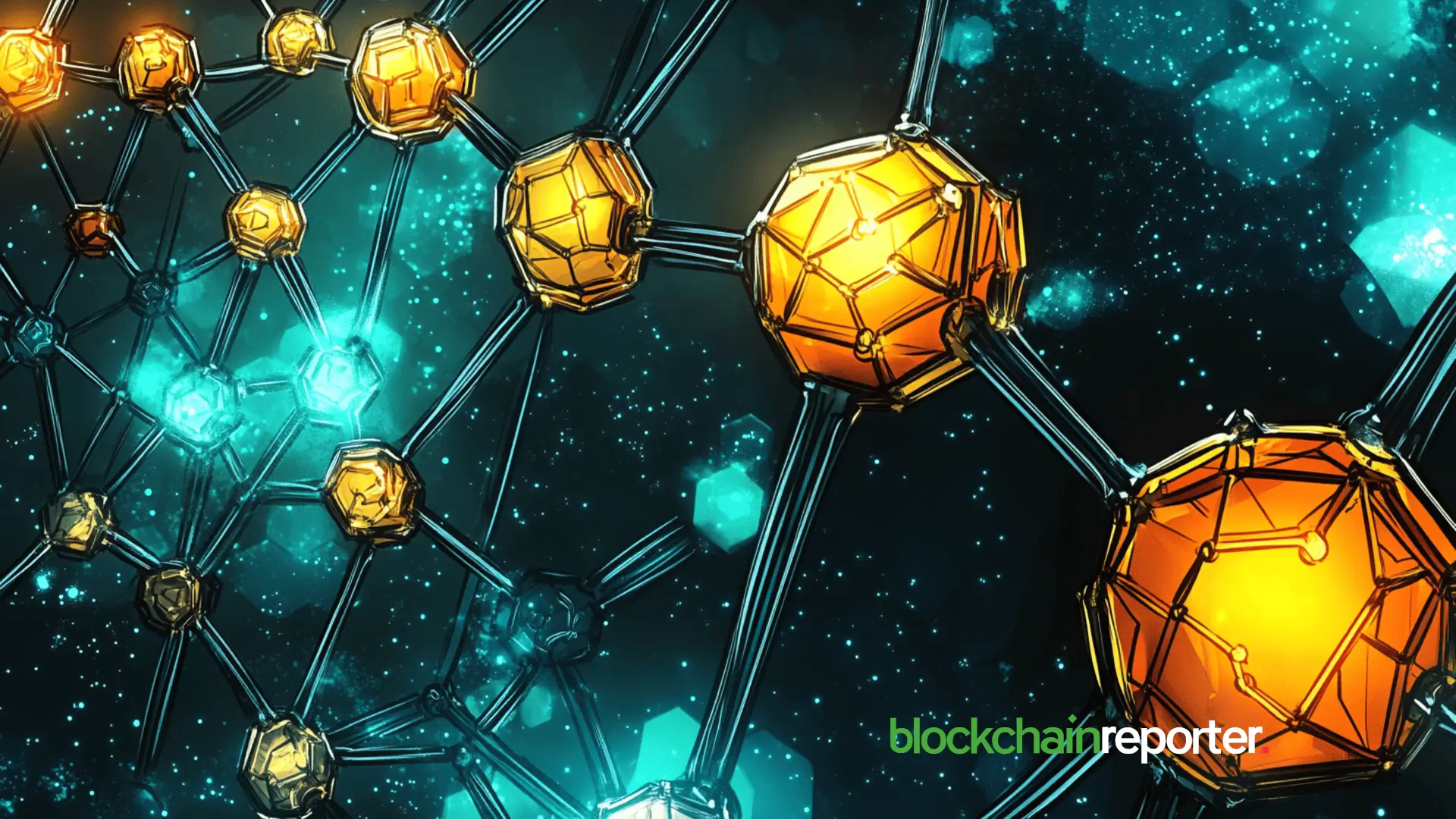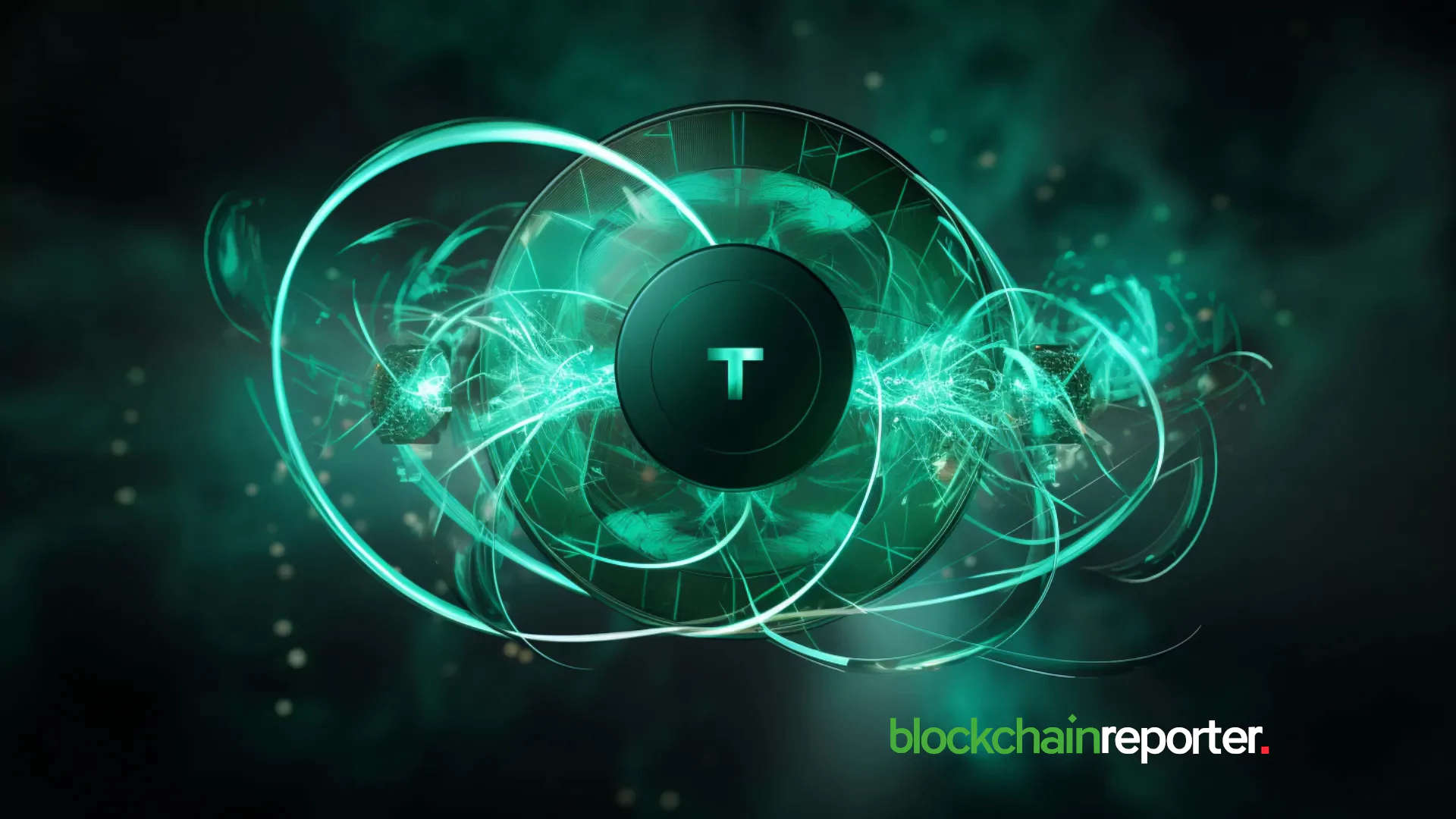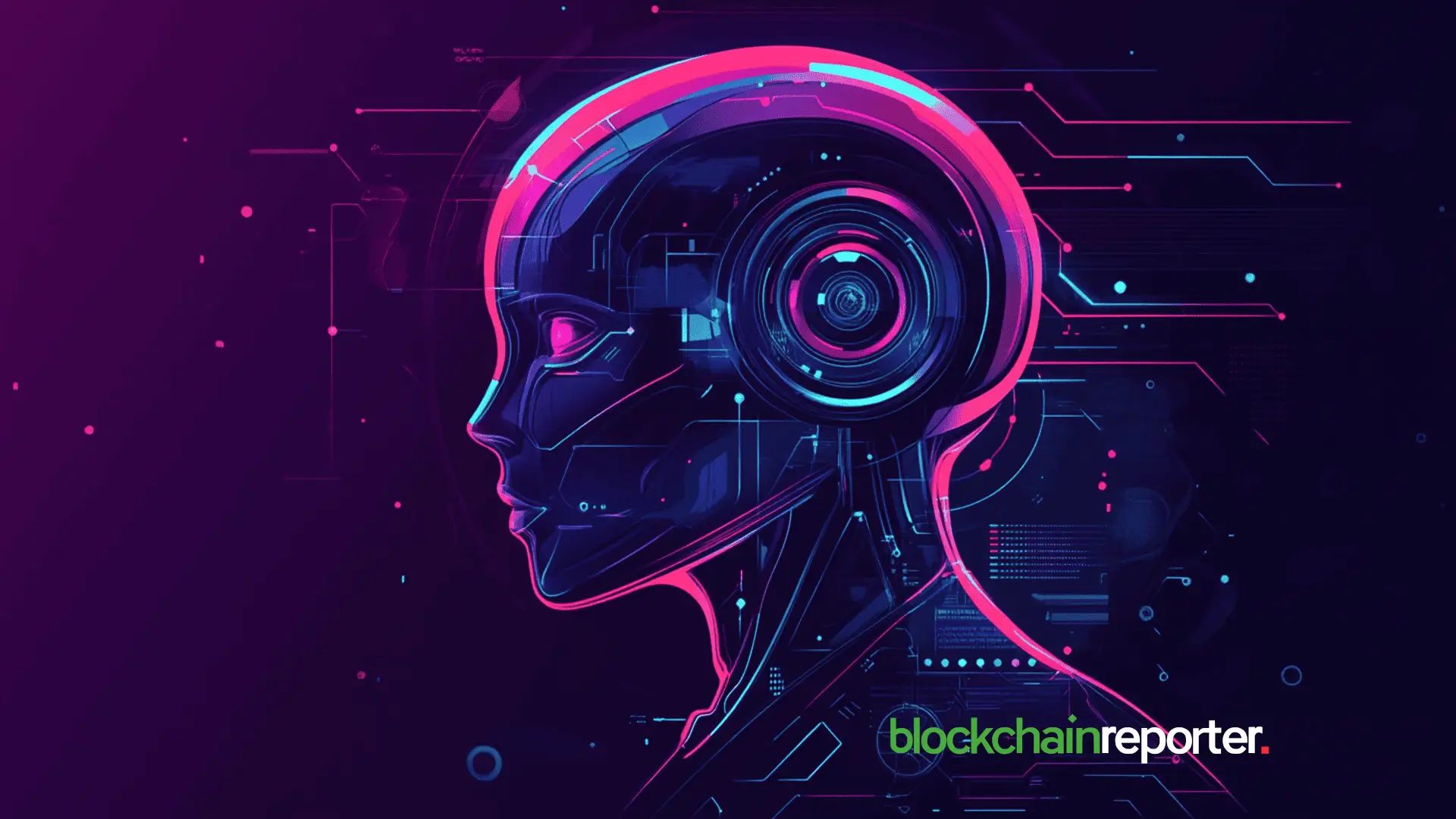The Use of Blockchain Technology for Internet of Things (IoT)



Introduction
An intricate network of interconnected systems surrounds us in today’s world of digital landscape. Technology is thriving day in and day out. From children’s toys to complete organizations, things are increasingly becoming automated. The internet controls all the automation. With enormous progress also comes a few concerns about the usability and security, privacy and transparency. Blockchain technology , emerged during the last decade of the 20 th century, has redefined the way digital systems store, share, and verify information.
What Do We Mean by Internet of Things (IoT)?
Internet of things (IoT) refers to internet network of everyday devices working on data that is collected and shared by using the internet. Imagine a situation where your refrigerator orders grocery from nearby stores, a smart thermostat that adjusts your household temperature based on your habits or routine, a smart door lock that you can control remotely. These are a few real-life examples of IoT. These devices have sensors that gather data and then share with remote but centralized servers.
Advantages of Centralized IoT Devices
The centralization is a pro as well as a con. It provides you freedom that you need not control or operate it. It is managed by the company who also send regular updates to optimize the services. The parent company can improve the delivery of services by analyzing the collective data. The customer care help you troubleshoot any issue that arise from time to time. Big companies provide excellent scalability where you can synchronize the operability of different devices of the same company.
Disadvantages
Single point of failure is one of the worst things that may occur with you IoT devices. A malfunctioning server or a bug in the system can lock you out of your devices. Hacking of one device in a network of centrally controlled system can pay the way to exploit other devices as well. Your data in the hands of a company is always a risk. The company may misuse it or sell it to other companies. You do not need to worry about managing the devices, but you also have no freedom to add or modify functionalities. The most you can do in this regard is to request or suggest the company about your desired innovation.
Blockchain and IoT.
Since centralized IoT devices carry an underside that their shared data can be misused, need for decentralization is felt all the more. When the control of IoT devices is shifted to publicly distributed legers or blockchains, every minute information is recorded in the form of data blocks. These ledgers work on consensus mechanisms whereby the authority to modify, add or remove new blocks rests with smart contracts . Nobody can tamper with the data, but anyone can view it.
Supply Chain
Going back to the example of refrigerators ordering the groceries, end users sometimes face problems regarding the quality or freshness of the things delivered. Occasionally, expiry dates are tampered with. Food packages are opened on the way but claimed to have been delivered as sealed.
The use of blockchain technology improves the supply chain. When a farmer picks fruit, they make an entry that adds a block on the distributed ledger. Similarly, every step is recorded and time stamped so that the customers can easily verify any step. Now, if the sensor in the refrigerator is also decentralized and shifted to the blockchain, the whole process is completely revamped to the interest of everyone involved in the chain.
Device Identity and Secure Authentication
Centrally controlled IoT devices can be accessed as a result of theft of credentials by anyone. Moreover, the main server itself can be compromised. In such a situation, bad actors can enter the system of devices and misuse them. Many IoT breaches stem from weak or reused credentials.
Decentralization benefits the network because on the distributed ledger, nothing can be faked. It is just like an attendance register of a classroom, the copy of which is distributed among all the students and management staff. Even if a person tries to alter the record, others can see the tampering and reject it.
Secure, Auditable Firmware Updates
A hacked server may broadcast fake update to obtain control of all the connected devices. If IoT devices are working on the blockchain, the signature of the server will reveal whether the update has come from the legitimate server or not. One ask a question whether there is any point in the notion of a centralized server issuing updates despite all the network of IoT devices has been shifted to blockchain network. To answer it, one must remember that blockchain technology is proposed merely as a verification layer. The parent company may still be in business to maintain the network.
Architectures and Design Patterns That Make Sense
In reality, blockchain and IoT work together in a mixed or hybrid form. Small IoT devices do not have the power to handle complex blockchain work. They send their data to a nearby gateway, which checks it and adds a short proof on the blockchain. When many companies share data that must stay private, they use blockchains where only trusted members can see the information.
For fast and tiny payments between machines, systems like IOTA’s Tangle are better because they charge no fee. Since IoT devices produce a huge amount of data, most of it is kept off the blockchain, while only a proof is saved on it to show that the data has not been changed.
Risks and Challenges
The use of blockchain in IoT also faces some challenges. The system often becomes slow because blockchains value security more than speed. Small IoT devices also lack the power to handle complex tasks. To solve this, gateways and lighter methods are used. Privacy is another concern, as public ledgers can expose sensitive information. Therefore, private or modified blockchains are preferred. Finally, the network needs hard and fast rules to decide who controls the network and how mistakes are fixed.
Conclusion
Combining blockchain with the Internet of Things (IoT) creates a more secure, transparent, and efficient network. Blockchain reduces risks tied to centralize d systems by ensuring data integrity, authentication, and traceability. Though challenges like limited device power and slower processing remain, hybrid and lightweight models offer practical solutions. Overall, this integration marks a major step toward smarter, safer, and more trustworthy connected systems.

Nansen and Plasma Partner to Bring Real-Time Transparency in USDT Payments
Nansen and Plasma have united for real-time analytics to improve transparency and traceability of gl...

ULTILAND Joins NEXST to Revolutionize Decentralized Entertainment, Merging RWA and AI
ULTILAND and NEXST are focusing on offering a relatively interactive entertainment, marked by a robu...

Looking for the Best Staking Crypto? The Noomez ($NNZ) Program Offers Massive Early APY
Discover Noomez ($NNZ), the live presale turning staking into real rewards with high APY, fair rules...

